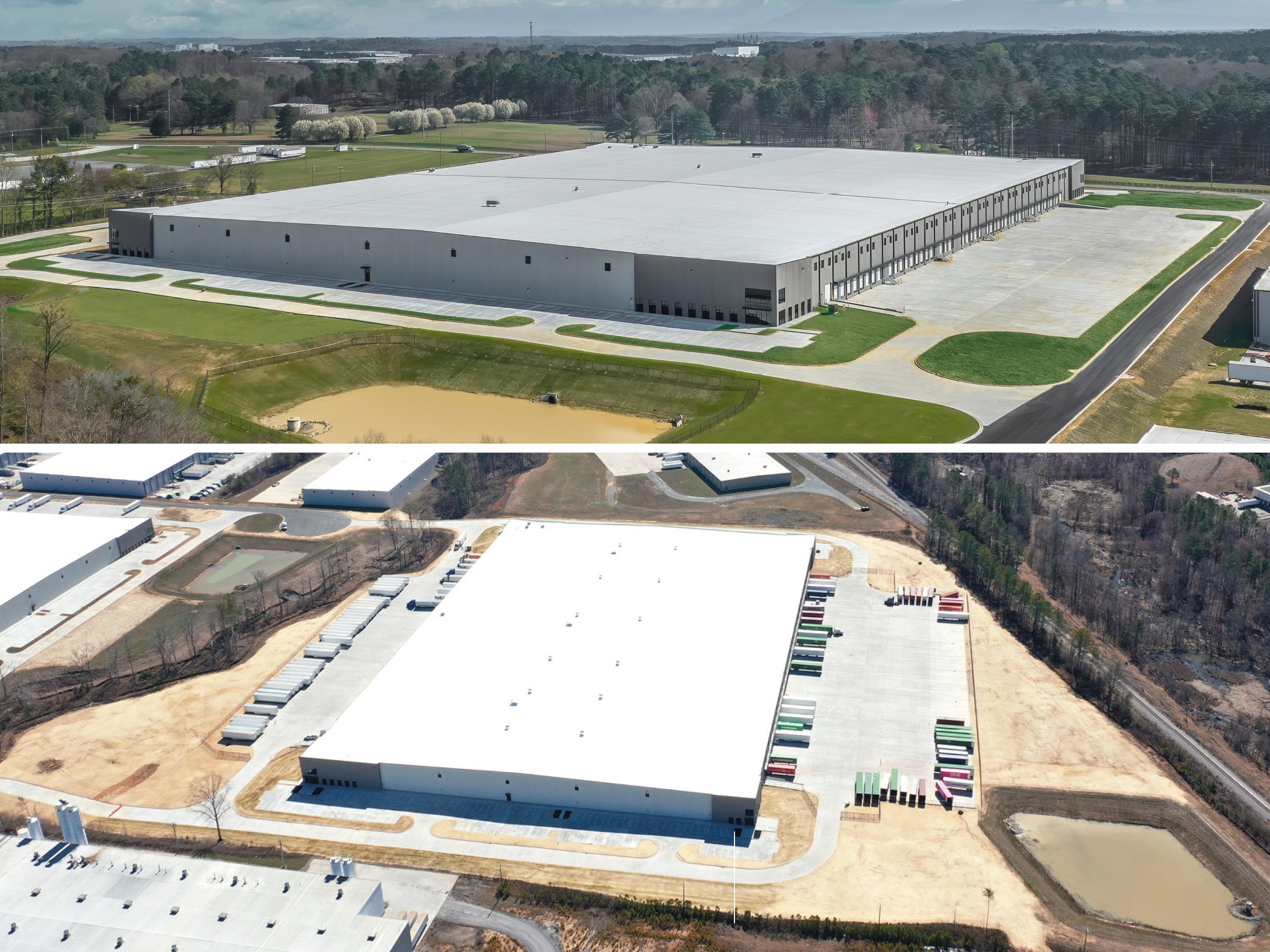5 Ways to Hold Down Construction Costs
Stephen Bacchetti of Moss Adams on mitigating risk while controlling expenses.
Cost overruns can undermine the viability of any construction project. That’s why—for developers, owners, or contractors—an ounce of prevention via clearly defined contracts upfront is worth pounds of cure that are applied once problems set in.
In our work assisting project sponsors and builders across all kinds of projects and issues, we’ve identified these five best ways to mitigate future risk through careful use of contract language. We’ve also found that these same principles, among other best-practices approaches, provide guideposts and starting points for project participants who find themselves in disputes whether mid-stream or post-completion. Well-defined agreements, good communication, and fairness can help assure a successful project, start to finish.
Here are five of the best ways to mitigate the risk through careful use of contract language.
1. Keep it competitive, which helps on subs, too
If you’re an owner or developer, it’s important to articulate the need to obtain comparative bids on all subcontracted work. This is especially important if a contractor self-performs work. Without such a clause, there’s no way to know how competitive pricing actually is. Requiring three bids is a good starting point, because it offers an effective comparison between bidders to ensure cost competitiveness without being overly burdensome for either the contractor, owner or developer.
For contractors, this clause is an effective way to validate subcontractor cost competitiveness in the event of an audit—which will likely be required by most contracts anyway.
2. Define labor rates and allowable/unallowable charges
One of the most effective ways to manage the cost of a project is to clearly define allowable and unallowable labor rates along with the associated burden.
This generally includes determining if labor charges are based on actual wages or predetermined rates, as well as defining on-site vs. off-site requirements—so it’s understood by all parties what costs are directly associated with and billed to the project and what rates are compliant with the contract. Adding an owner or developer approval requirement for non-approved labor types further protects each party from unanticipated costs or audit exposures.
Without this clarification, it’s easy to get into gray areas that can quickly turn into disputes or overruns.
3. Specify uses and limits on contractor-owned equipment
If equipment costs aren’t controlled by the contract from the outset of a project, rates can easily become excessive.
By establishing set equipment rates, allowable equipment charges and charge caps, developers and owners are protected from unexpected overruns. This may include defining whether rates are charged hourly, daily, weekly, or monthly and typically includes adding an owner or developer approval requirement for non-approved equipment types.
This clause also shields contractors from potentially being exposed during a contract audit, especially if minimum reporting standards are written into the contract, because all of the necessary documentation is understood to be required from the outset of the project.
4. Predetermine change-order reporting—and validate!
Change orders aren’t uncommon, so they should be anticipated and managed accordingly through the project contract. This can be achieved by defining a mutually approved price, agreed upon unit pricing, or requiring itemized backup for change orders with actual cost.
If change orders aren’t billed based on actual costs incurred, then the quotes or estimates provided by the contractor could be more than the actual cost of the scope change. Requiring validation to back up the change order helps to verify the cost of those changes aren’t artificially inflated, and it also protects contractors from potential exposure during a contract audit.
5. Don’t overlook look-backs via right-to-audit and accounting reviews
Incorporating a clause stating that project costs are auditable establishes the expectation that all costs sent to the owner or developer can be reviewed, audited, and validated for contract compliance.
Without this wording, contractors may not be contractually obligated to provide developers or owners this information, even if it’s requested. And if contractors aren’t aware that this level of documentation is an expectation from the outset of a project, then they may not have it available.
Stephen Bacchetti, CPA, CIA, CCA is a Partner at Moss Adams specializing in construction and performance audits for construction and capital improvement projects.







You must be logged in to post a comment.